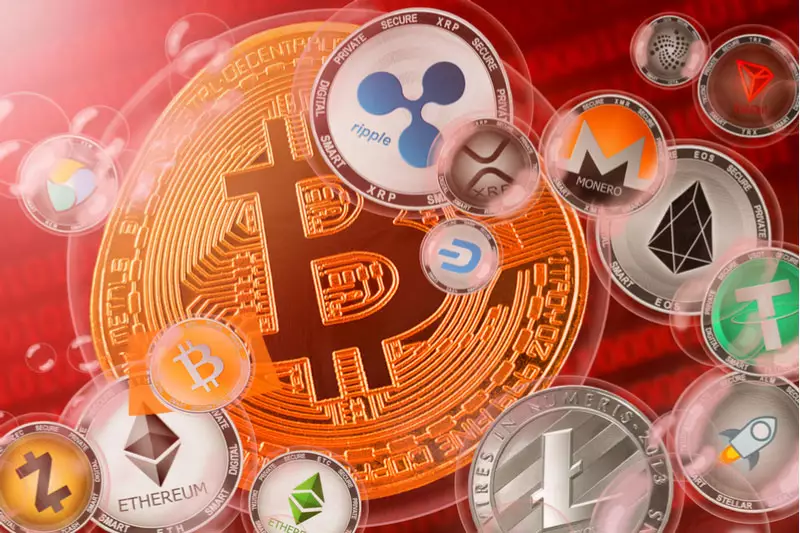As financial markets navigate a volatile landscape, one thought-provoking observation from Peter Brandt, a respected figure in commodity trading, has emerged, shedding light on the growing rift between the Federal Reserve’s policies and market reactions. Brandt’s commentary, prompted by a discussion from The Kobeissi Letter, highlights what they deem to be “the biggest market to Fed disconnect in history.” This sentiment suggests an unsettling divergence where the actions of the Federal Reserve, under the leadership of Jerome Powell, are not resonating with market behaviors in the expected manner.
The reaction to the Fed’s decisions, particularly regarding interest rates, brings forth a crucial economic question: Are the central bank’s policies falling out of sync with reality? As the Fed’s approach to managing inflation evolves, the market’s response indicates a growing skepticism toward the effectiveness of these interventions. The recently observed rise in 10-year Treasury yields by 100 basis points since the Fed began signaling a pivot in its policy direction underscores this sentiment. The disconnect is profound, especially when one considers that the yields are climbing even as the central bank is actively cutting interest rates in an attempt to stimulate economic growth.
Implications for Homebuyers and Market Indicators
One pressing consequence of this disconnect is its impact on the housing market. As highlighted in The Kobeissi Letter, the rising interest rates have translated into a significant increase in monthly mortgage payments for prospective homebuyers. For those looking at a median-priced home, the added cost reaches approximately $400 per month, which could deter many from entering the market or force them to seek less expensive options. This ripple effect raises concerns about a potential cooling of the housing sector, which had previously shown resilience amidst changing economic conditions.
Furthermore, the stark rise in inflation indicators—ranging from core Consumer Price Index (CPI) to Producer Price Index (PPI)—further complicates the economic landscape. While the Federal Reserve aims to manage these inflationary pressures through its monetary policy, market players are growing increasingly aware that inflation is far from being quelled. The misalignment becomes evident as the Fed cuts rates while the very instruments designed to facilitate government borrowing, such as Treasury notes, are witnessing heightened yields.
Market Sentiment and Future Projections
The implications of this disconnect extend beyond traditional equity markets; they also extend into the realm of cryptocurrency. For instance, Bitcoin’s significant dip below the $100,000 threshold serves as a stark reminder of the market’s sensitivity to Federal Reserve communications. Powell’s indication of a potential shift back to tighter monetary policies has sent waves through not just risk-on assets but across the entire financial landscape.
As investors grapple with the possibility of tighter liquidity conditions, the resultant market psychology becomes a double-edged sword, affecting both stocks and cryptocurrencies like Bitcoin and gold. The overarching narrative suggests a communal realization that perhaps the age of easy money is coming to an end, adding to the uncertainty that investors must navigate moving forward.
The intricacies of the Fed’s actions and the prevailing market reactions reveal a profound disconnect that poses significant implications for economic policy and investor sentiment alike. As we advance, the interplay between central bank strategies and real-world economic responses will be a crucial area to monitor, shaping not only market dynamics but also broader economic trajectories.

